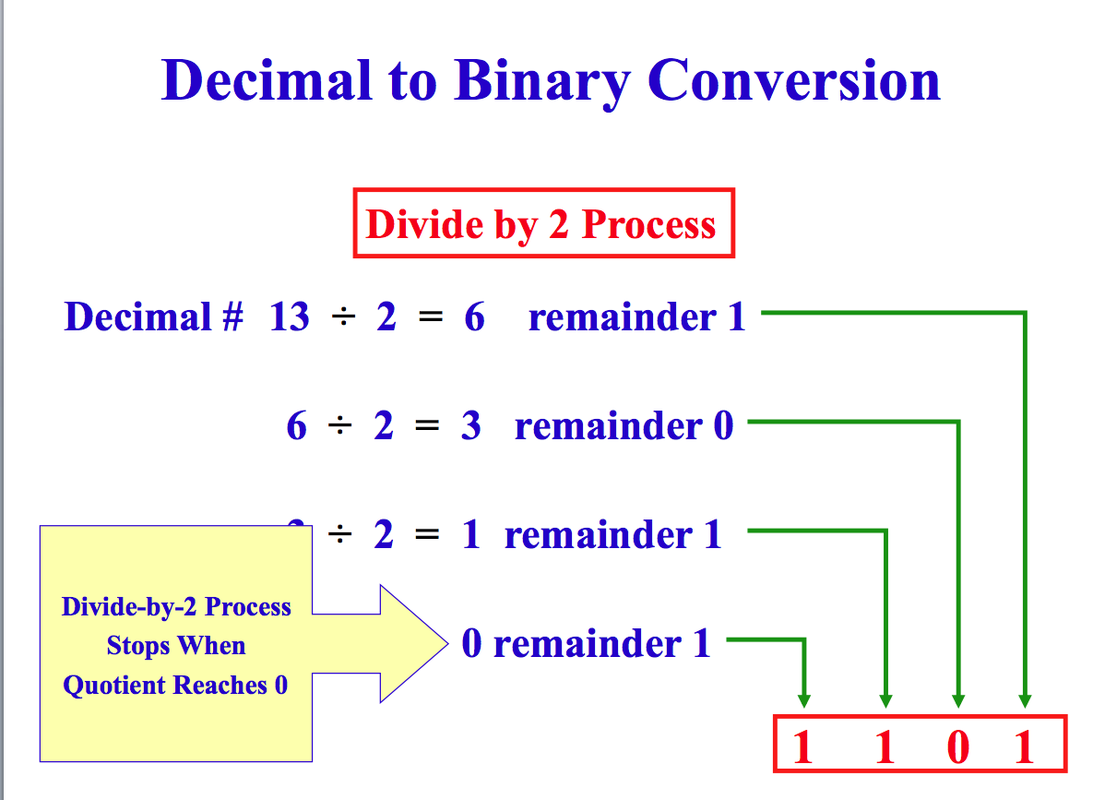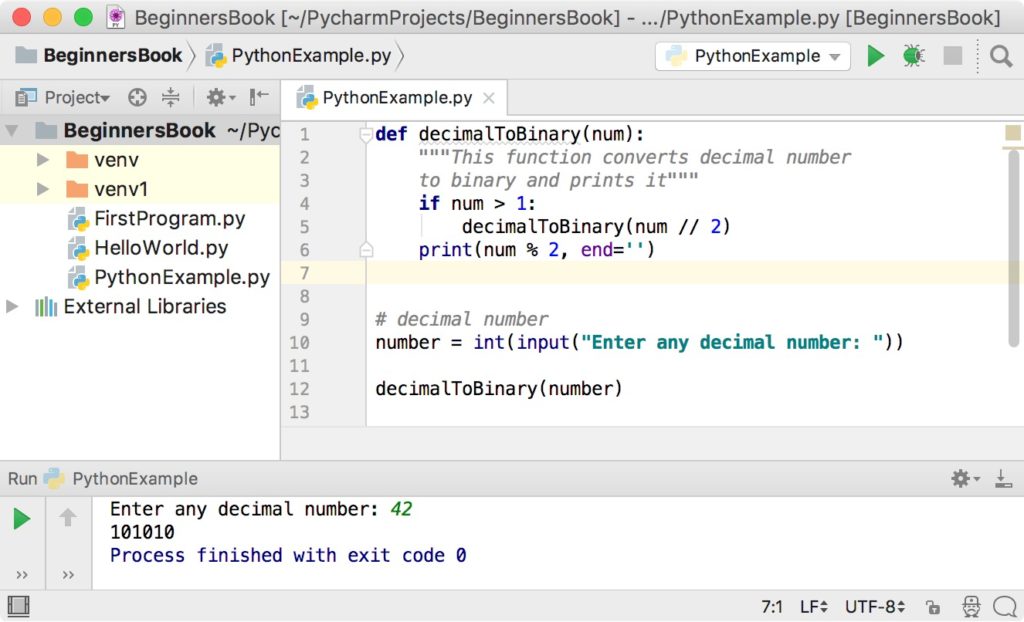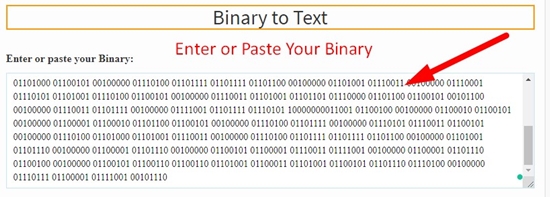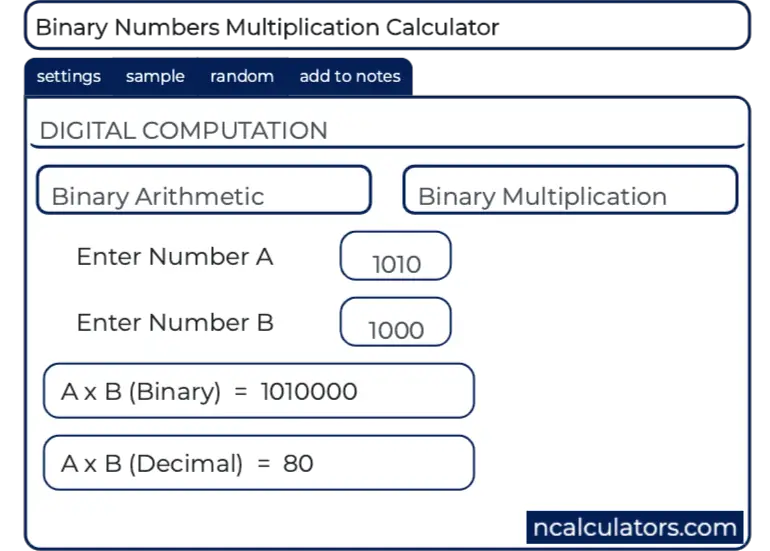
And not only hex, Base64 with and without headers as well. Due to my specialization (cryptography), I have to deal with these formats often. This subject is interesting and sometimes is necessary. Then I asked opposite question: can you convert formatted hex dump with address and ASCII panes back to byte array in PowerShell in 5 minutes? Didn’t get any response. I got one solution with the reference to Format-Hex function. Sample task: convert 2 megabytes to megabytes (SI).Yesterday I asked in Twitter, who can convert byte array to a formatted hex string in PowerShell in 5 minutes. Sample task: convert 2 megabytes to bytes (binary, also MiB). While it is much more convenient to use our converter, here are some examples for the math, step by step. This is where the SI system has an advantage, since in it you always multiply by 1,000,000 - an operation anyone can do by adding zeroes. However, when the number of megabytes is, say 64 or 128, calculation gets difficult. To convert 100 MB to Bytes you need to multiply 100 by 1,048,576, which is easy as you can simply shift the decimal pointer by two, resulting in 104,857,600 Bytes.

#Byte to binary converter online how to#
How to convert MegaBytes to BytesĬonverting megabytes to bytes is not so easy if done by hand due to large numbers you need to multiply by. Thus, most of the time it is developers / computer programmers who deal with data in bytes.Īnother reason to want to convert MB to bytes is if you want to switch between SI and binary units: converting to bytes, which is the base unit for both, is a convenient approach. In older character sets such as ASCII a Byte equaled one letter, number, or special symbol, while in newer ones such as Unicode it is even less than that, so its practical application is usually to measure small storage spaces, such as fields in a database. In contrast, a Byte is a very small quantity of data, only 8 bits. A small video can be from several dozens to several hundreds of megabytes. A typical audio file is between 2-3 MB and 50-60 MB, depending on compression. Megabytes are used much more frequently in daily life, as most files we encounter have sizes in megabytes and even gigabytes. The two units measure data storage in memory (RAM) or on a disk drive of some sort: HDD, SSD, USB sticks (thumb drives), external drives, and so on.

If you need to convert between bytes and megabytes, make sure you understand which definition is appropriate in your particular case. In an attempt to alleviate the IEC proposed a new unit: the MebiByte (MiB) in place of the binary megabyte, but it is yet to see adoption decades after the proposal was accepted.

The first one comes from computer science and binary math, the second comes from units for measuring length, weight and force, where decimal makes sense.ĭue to the conflict, there is often a confusion. Both the standard binary and the SI decimal standard have a metric called "megabyte" with a symbol "MB" and the first is defined as powers of 2, while the second as powers of 10.

According to the two competing definitions, the answer is either 1,048,576 bytes equal 1 megabyte or 1,000,000 bytes equal one megabyte.


 0 kommentar(er)
0 kommentar(er)
